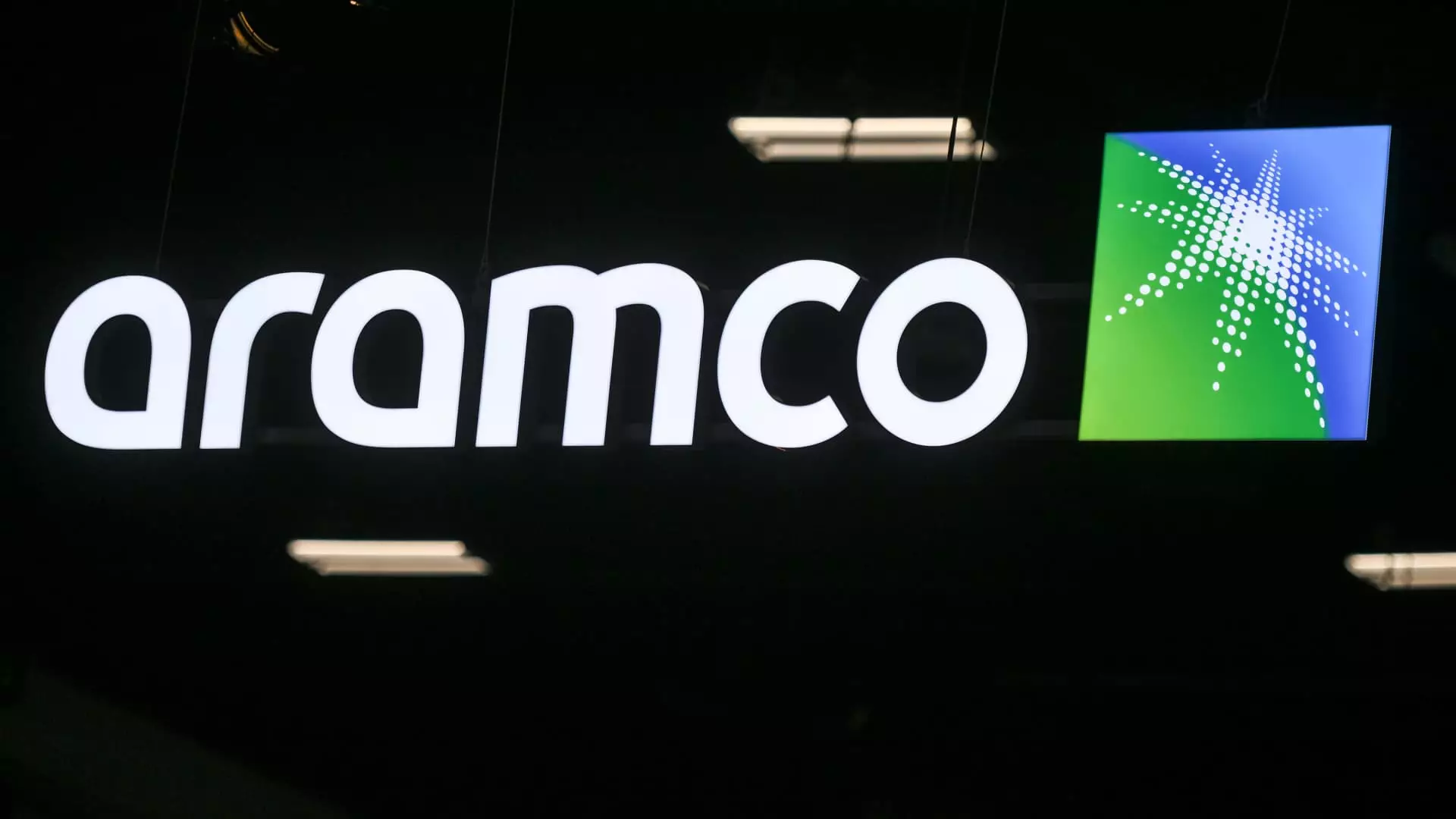Saudi Arabia’s state oil giant, Aramco, recently reported a 25% decline in profit to $121.3 billion in 2023, down from $161.1 billion in 2022. Despite this decrease, Aramco still boosted its dividend payout, with a 4% increase in its base dividend for the fourth quarter, reaching $20.3 billion, and a 9% increase in its performance-linked dividend to $10.8 billion. This resulted in a significant $31 billion payday for both the Saudi government and Aramco stakeholders. The decline in earnings can be attributed to lower crude oil prices and volumes sold, reduced refining and chemicals margins, and other factors.
In addition to the profit decline, Aramco also reported a 17% decrease in total revenue, falling to $440.88 billion in 2023 from $535.19 billion in the previous year. Furthermore, the free cash flow also saw a notable drop to $101.2 billion in 2023, compared to $148.5 billion in 2022. This decline in revenue and cash flow raises concerns about the financial health and stability of Aramco, especially in the face of economic headwinds and geopolitical volatility.
Despite the challenges faced in 2023, Aramco remains optimistic about the global oil market’s future. The company’s CEO, Amin Nasser, expects the market to remain healthy and robust, with anticipated growth of about 1.5 million barrels. Saudi Arabia’s leadership in extending voluntary oil output cuts until the end of June reflects its commitment to maintaining market stability. The decision to halt plans to increase oil production capacity from 12 million to 13 million barrels per day also demonstrates a strategic shift towards focusing on gas production and chemicals business.
The recent transfer of an additional 8% of Aramco shares, valued at $164 billion, to Saudi Arabia’s Public Investment Fund (PIF) is a significant development with implications for both Aramco and the PIF. This transfer, one of the largest transactions since Aramco’s listing, will allow the PIF to benefit from Aramco’s dividend payout policy. It also strengthens the PIF’s financial position, enabling it to deploy capital more effectively and contribute to the Saudi state’s economic diversification efforts.
Aramco’s commitment to ramping up investments in gas production and infrastructure aligns with its goal to increase gas production by over 60% by 2030 compared to 2021 levels. This strategic shift reflects a long-term vision to diversify the company’s revenue streams and reduce reliance on oil. By focusing on expanding gas operations and developing the liquids-to-chemicals business, Aramco aims to position itself for sustainable growth and profitability in the evolving energy landscape.
While the 2023 financial report presents challenges for Aramco in terms of profit decline, revenue decrease, and cash flow reduction, the company’s strategic decisions and outlook indicate a proactive approach towards addressing these challenges. The transfer of shares to the PIF, the focus on gas production, and the halt in oil production capacity expansion exemplify a shift towards sustainable growth and long-term value creation. As Aramco navigates the changing dynamics of the global energy market, its ability to adapt and capitalize on new opportunities will be critical to its continued success.


Leave a Reply